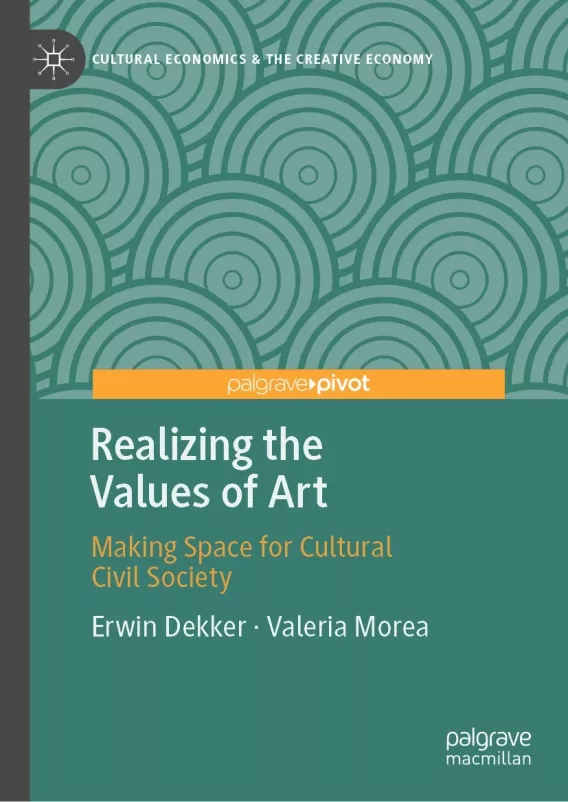- | F. A. Hayek Program F. A. Hayek Program
- | Book Chapters Book Chapters
- |
How Participants Make Values Real
Published by Palgrave Macmillan
Originally published in Realizing the Values of Art

In this chapter, we argue that consumers and audiences of cultural products are best understood as co-creative participants. The idea of co-creation is developed in contrast to that of the passive consumer, and we analyze how consumption or cultural capital contributes to the ability of individuals to contribute to the process of value realization. This process of co-creation is further enhanced by new technological possibilities which have lowered the costs of producing and transforming existing artistic creations, but also by artists who increasingly see art as a two-way street. In the remainder of the chapter, we analyze three cases to demonstrate how co-creation happens. In our case study of traditional and modern dance, we argue that the performing arts have historically deeply involved the audience and are perhaps best viewed as communal creations. A case study about the Trekkers shows how the fan communities and the fan fiction galaxy have sought to cultivate and expand the original Star Trek universe. Through the case of the Queer Museum in Brazil, we demonstrate the importance of institutional diversity and the potential of crowdfunding for self-organization of co-creative communities. In conjunction with the previous chapter, through our emphasis on the social nature of creativity and process of co-creation, we seek to undermine the traditional distinction between the production and the consumption of art.

